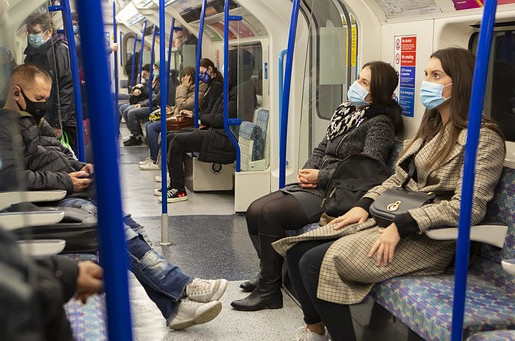
Traveling healthcare providers have increased with the extraordinary event of the covid pandemic. There have been an extensive loss in healthcare providers across the country since the pandemic started. There is a shortage of physicians, nurses, allied health professionals, respiratory therapists, etc. Many professionals turned to traveling in healthcare instead of their regular full time jobs to help during the COVID-19 pandemic while others sought after a financial opportunity. Whatever the reason, traveling healthcare providers take a significant risk with safety when they choose this journey. There is not one hospital that is the same. There is definitely no area the same. Traveling healthcare providers take on a great responsibility sacrificing their safety and comfort.
Safety
Safety is an important task. Traveling Healthcare providers plan their wardrobe inquiring daily about their scrubs in the appropriate facility color, shoes that are closed toe and impermeable or crocs with holes in them, and hair up, down, head band, no head band. Do they have the right badge? Their safety plan should be no different. Where am I going to live the next three months? Is that a safe area? Will it be a campground, hotel, or rent a room that is within my budget? Will I have all my needs met? When I go into work, will I have to walk in the dark all the way into the back of a desolate parking lot by myself? Are the restaurants in a safe area? Where are my gas stations located? Are they safe? These are just some of the questions a traveling healthcare provider needs to ask themself.
Safety Tips for the Traveling Healthcare Provider
- Plan for housing.
- Plan for food.
- Plan for transportation.
- Always look at reviews of the housing, restraurants, transportation.
- Never go into areas not well populated. (Safety in numbers) That means gas stations too.
- Carry an alarm.
- Ask questions!
- Stay in well lit areas.
- Stay in tune to the surroundings. ( NOT in tune with a cell phone. )
- Look for security cameras or emergency pull response stations. (Engage into safety.)
Safety Solutions
Planning housing for traveling healthcare providers can be a bit daunting. Some travel healthcare agencies can plan them as a perk. However, the traveling healthcare provider may get a bad area where their car gets broken in to or worse. Understanding a housing budget is a prominent factor when choosing options. Furnished finders offers whole units as well as inexpensive rented rooms. They will need to talk to the owner about the area and get reviews on past renters before committing. If the traveling healthcare provider will plan to stay in a hotel, make sure it is an extended stay suite so there is cooking options. Always check the reviews to understand the area and past complaints. If the traveling healthcare provider will be staying in their RV, make sure to pay attention to campground reviews. Most people are brutally honest about their visit to particular campgrounds. Campendium reviews and google reviews are a friend.
Deciding the housing will depict how to plan for food as a traveling healthcare provider. That provider may be one who will eat out at restaurants all the time. Before going, check the reviews. People make sure when they do not like something they make it known. Make sure it is well lit and populated. If going out is not an option, there is door dash, uber eats, instacart, drizly, and even grocery delivery from the independent grocery stores like Walmart, Wegman’s, Shopwright, ect.. Not every Walmart is the same, so make sure to double check the area reviews. Ask the landlord, campground host, or hotel managers about the area. They don’t want to be told after visiting a dangerous place that they needed a gun with them to be visiting that area.
Plan for transportation by finding the facility in google maps, Waze, or apple maps and relate it to the housing address. The traveling healthcare provider may decide to have their car transported to that location. Make sure to get all the information from the transport company that is transporting the car to the company delivering the car as well as the company insurance policy information. Take pictures of the car before and after the transport. Always follow up with the transport company. Check, check, check their reviews. Some jobs require only public transportation. The traveling healthcare provider will not need a car for those jobs. ASK the appropriate questions when making housing arrangements. Google the city’s public transportation avenues and figure out their transport times to plan work arrival and departure. Public transportation like buses, trains, subways, cabs, uber, and lyfts all come with a dollar amount. This will be part of your budget as well as additional safety practice. It may be safe to ride the subway in to work but not if the departure is at midnight. Pick an alternative option. Pay attention to the surroundings. Only go in well lit and populated areas. Always verify uber and lyft drivers.
Conclusion
No matter where the next assignment is, a traveling healthcare provider will encounter all three challenges of housing, food, and transportation. Know the area. Stay engaged in safety. Ask questions. Evaluate what is important. It may be the difference between life or death. Their family deserves to see them come home.
